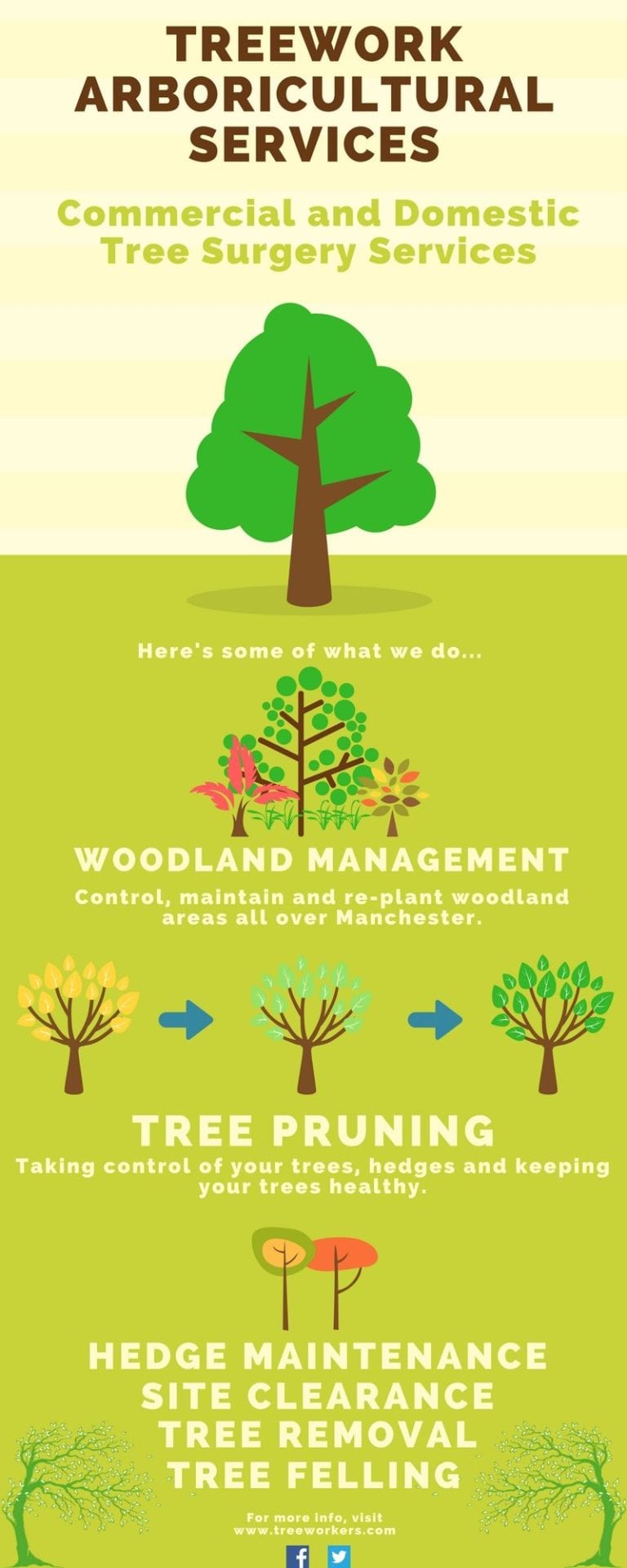Learn Exactly How To Foster A Durable Atmosphere Post-Tree Removal
Learn Exactly How To Foster A Durable Atmosphere Post-Tree Removal
Blog Article
Post Created By-
When it comes to seasonal tree care, making sure proper monitoring prior to and after elimination can significantly impact the health and wellness and looks of your landscape. By comprehending the required steps involved in evaluating tree health and wellness and planning for removal, you can proactively protect your residential property. But what concerning the essential practices to comply with when the tree is gone? Remain tuned to uncover the essential post-removal treatment actions that will help you cultivate a growing and sustainable environment for your trees.
Pre-Removal Tree Treatment
Before dealing with the elimination of a tree, it's important to focus on pre-removal tree care. Beginning by analyzing the tree's health and wellness and architectural honesty. Search for indications of disease, pest invasions, or any kind of structural concerns that may posture a safety and security danger during elimination. It's necessary to consult with a licensed arborist to identify the very best strategy.
Trimming dead or unhealthy branches can protect against additional damages to the tree and ensure a smoother elimination procedure.
Additionally, consider the ecological impact of getting rid of the tree. Trees play a crucial role in our community, so planting a new tree in an ideal place can aid offset any type of loss. Make certain that you have the essential licenses and consents for tree elimination, specifically if the tree is secured by regional laws.
Seasonal Upkeep Tips
Assessing your tree's needs throughout the year is crucial for its health and durability. To keep your trees in leading problem, follow these seasonal upkeep pointers.
In go now , concentrate on trimming to eliminate dead or damaged branches and urge new development.
Summer season calls for routine watering, specifically during dry spells, to ensure your tree stays hydrated.
As autumn strategies, keep an eye out for early indications of condition or tension, and think about using compost to shield the origins during winter months.
In winter months, be cautious when getting rid of snow from branches to stop damage, and remain to monitor your tree's general health.
Keep in mind to adjust your treatment regular based on the details needs of your tree types and regional environment. By staying mindful and aggressive throughout the seasons, you can assist your trees flourish and flourish for many years to come.
Post-Removal Tree Care
To make certain the health and wellness of your landscape even after tree elimination, correct post-removal care is crucial. After a tree is eliminated, it's crucial to fill the continuing to be opening with topsoil and small it to stop settling. This will help maintain the integrity of the ground and stop prospective threats in the future.
Think about planting brand-new greenery in place of the eliminated tree to recover the equilibrium and aesthetic appeals of your landscape. Routinely water the area to promote the growth of brand-new plants and prevent dirt erosion.
Evaluate the bordering trees for any type of signs of illness or tension that may have been caused by the removed tree. Keep an eye out for pests that might've been brought in to the previous tree and take safety nets to safeguard the continuing to be plant life.
If essential, speak with a specialist arborist to analyze the impact of the elimination on the surrounding trees and establish any additional treatment needed. By complying with these post-removal treatment steps, you can ensure the continued wellness and beauty of your landscape.
Conclusion
In conclusion, aggressive seasonal tree care is important for maintaining the health and balance of your landscape. By evaluating arborist bull rope and wellness, pruning, and consulting with an arborist before removal, you can ensure a risk-free process. After removal, filling the hole, planting brand-new plants, and routine watering will promote new growth and protect against disintegration. Bear in mind to examine surrounding trees for illness and look for additional care actions from an arborist to keep your landscape thriving.
